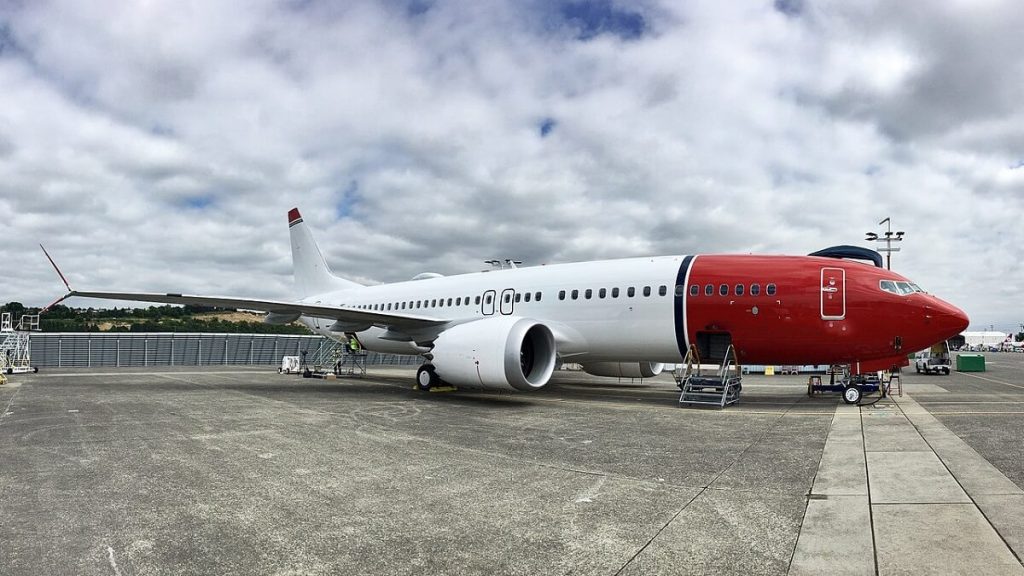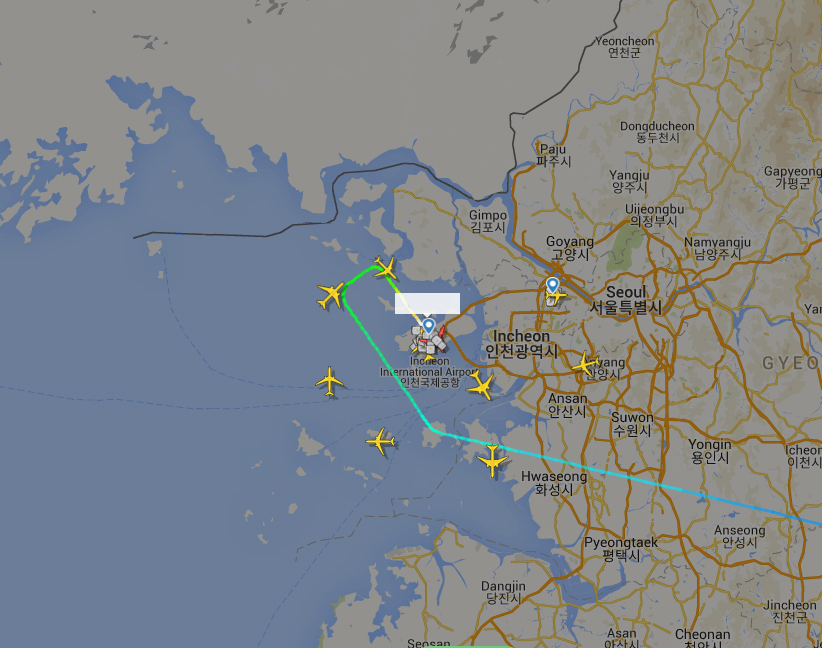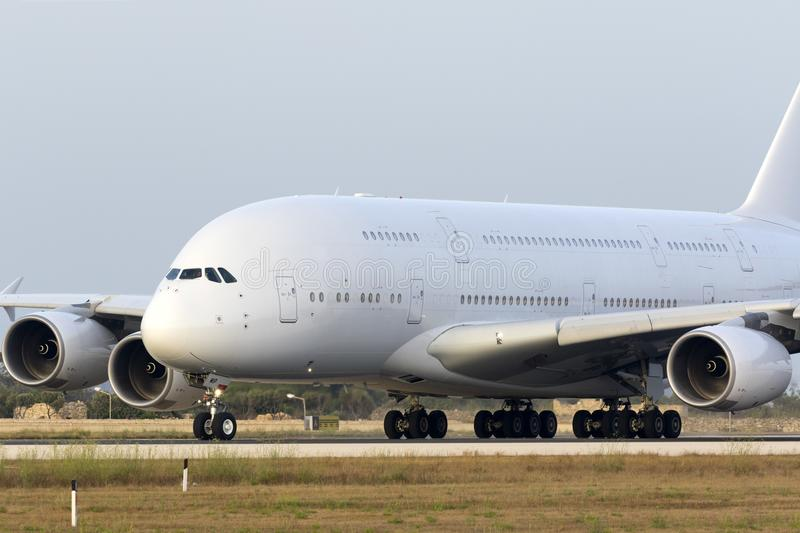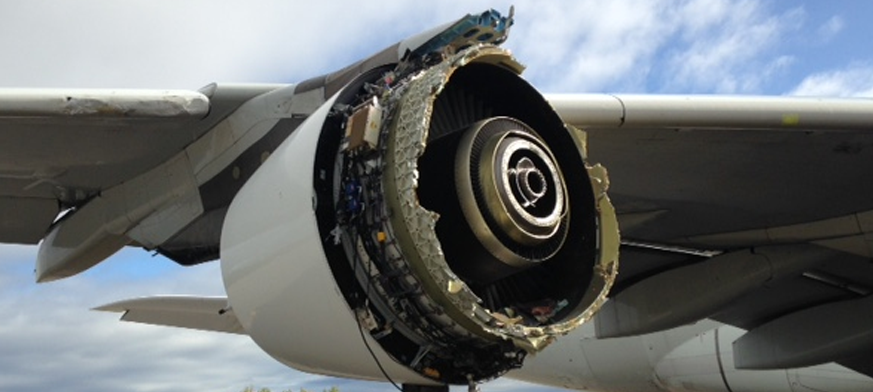Switch to:
 EN
EN  Português (PT)
Português (PT)  Español (ES)
Español (ES)
In recent decades aviation has experienced a constant improvement in all technological aspects related to flight, especially in the safety and security features added to aircraft and flight planning sectors of air taxi companies and regular commercial airlines. However, emergencies can occur. In some cases, after the crew has analyzed the procedures to be adopted to solve each problem, it becomes necessary to choose a minimally safe alternative airport close to the region of the flight.
If an emergency takes place in peaceful airspace for the flight, the process is very simple: by analyzing the flight path and overflight territories, the flight planning teams — the famous and all-important technical dispatchers — together with the pilots, choose airports that can be used with complete safety in contingency situations, based on official data from the aeronautical authorities of each country. In addition to the ability to operate the aircraft at these airports for en-route alternatives, such as the length and width of the runway and what types of aircraft can use this runway, the availability of adequate fuel for eventual refueling is considered as well.
A case that well exemplifies a contingency situation in friendly airspace occurred on September 30, 2017. An Airbus A380 operated by a French airline on a regular route between Paris and Los Angeles suffered a catastrophic failure during the overflight of southern Greenland. After the damage to the number 4 engine of the giant Airbus was found, it was determined that the only viable alternative would be to proceed to Goose Bay Air Base, Canada, two hours away from the aircraft’s position at the time of the emergency. Although the runway and apron structure at Goose Bay was fully adequate to receive the aircraft in such conditions, all 497 passengers had to remain on board, as there was no structure for disembarking and accommodation of passengers – such as stairs, for disembarkation, passenger terminal, or hotels. The rescue took place after sending another aircraft and ground equipment for proper care.
But… What if the emergency occurs near a hostile location where flying over and even landing becomes dangerous?

On December 14, 2018, a Boeing 737 MAX 8 carrying out a regular schedule between Dubai, in the United Arab Emirates, and Oslo, in Norway, had its route diverted after an emergency that occurred during the cruise flight phase, still in the early hours of the flight. Faced with the indication of “low oil pressure” in one of the engines, the technical crew faithfully followed the guidance of Boeing’s manuals: “land at the nearest airport”. However, in the flight phase they were in, the only safe alternative was to proceed to the city of Shiraz, Iran.
Due to the visa requirement for entry into Iranian territory, crew and passengers were directed to a local hotel, under constant and ostensible surveillance by local authorities, until another similar aircraft could rescue them, which in fact happened the next day. However, as Iran has been subject to severe sanctions since the US government withdrew from the Iranian nuclear deal, the shipment of Boeing spare parts to the city of Shiraz has become a true bureaucratic challenge. Although sanctions could be lifted as an exception, the section of the US Treasury Department responsible for controlling foreign assets and issuing such decisions was dissolved in January 2019. So, what should have been a quick turnaround instead became a long period of two months before replacement parts could reach Shiraz.
Emergency occurrences in places not recommended for overflights or landings are nothing new in the history of world aviation. Over the decades, several flights had to be diverted from their original route after a series of failures and problems that culminated in quick and assertive actions by the crew.
In some cases, overflights in hostile airspace are permitted as long as the appropriate restrictions imposed by local authorities are observed. In breakaway areas between the Ukrainian and Russian territories, for example, overflights were allowed — until the outbreak of conflict between the two countries in February 2022 — only above 32,000 feet. Flight below that altitude was not even authorized. In the event of non-observance of the restriction, the flight would become potentially dangerous. As a result, several private operators and airlines around the world began to avoid, even with the possibility of overflighting, routes that are uncomfortable in terms of safety and also the integrity of their passengers. As a result, travel times expanded and flights became more expensive. This is because just as the carbon emissions resulting from the greater burning of fossil fuels increased, so did the overflight fees paid by operators to the countries whose airspace was utilized.

A peculiar case occurs in the approach for landing at Seoul Airport (Incheon), in South Korea. Given the proximity of North Korea’s territory, crew members are informed both by airlines and by letters of landing and take-off procedures regarding the express prohibition of overflights of the territory under the dictatorial control of North Korea. If any emergency occurs after take-off, or moments before landing, it is compulsory to return to any airport that is located nearby, as long as it is within South Korean territory. The danger of shooting down civilian aircraft entering the northern airspace has restricted operations, even though the accuracy of current navigation instruments have greatly reduced the chances that the navigation errors seen and experienced in the 70s and 80s would recur.
In all cases, the departments responsible for surveillance and care of airspace issue communications to operators with details of imposed restrictions, including when military exercises or reports of the firing of destructive weapons occur. Thus, all flight planning is carried out with a view to total safety in operations. This also happens here at Flapper: with the safety of your trip as one of our most important pillars of commitment to you, our customer, we have a group of operators committed to the strictest safety standards. So, with all the experiences we can offer you anywhere in the world, you can be assured of a smooth trip.


